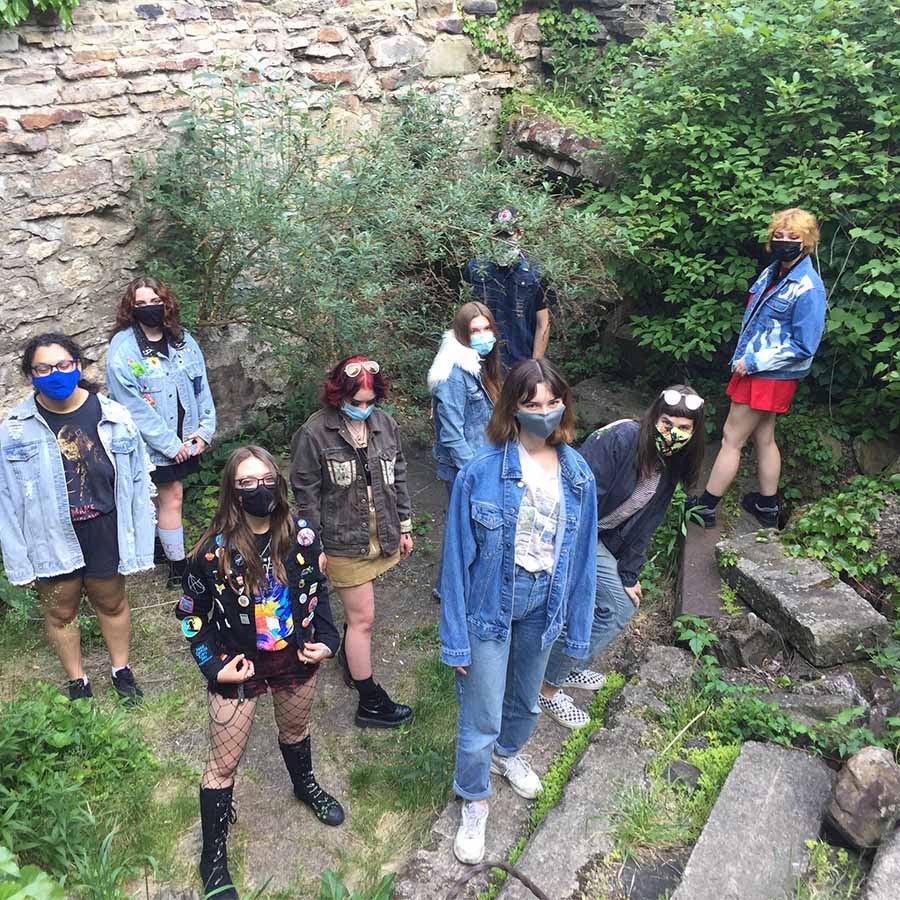This play is a reflection on the (im)possibility of accepting diversity and the other. The fragmented body of the neoplasm—the fruit of unstable conditions—overcomes barriers, loves and denies itself and others, wanders around, forgetting its profession. It frequently and with pleasure divides, goes through dangerous palpation, questions the possibility of contact with the experience of the other. Poorly brought up but very successful, it invites us to a trans-species transition.
Lorem ipsum dolor sit amet, consectetur adipiscing elit. Fusce at elit quis felis ullamcorper vehicula non in est. Maecenas finibus pharetra justo et faucibus. Nulla eu tortor vel ex volutpat efficitur. Vivamus placerat turpis in aliquet venenatis. Quisque ac lacinia mauris. Nam quis lobortis elit. Vestibulum sagittis nisi sit amet euismod hendrerit. Mauris non sodales odio. Donec efficitur molestie quam, sed lobortis massa vestibulum ut.
Nunc at arcu sodales nisi porta euismod non vel neque. Phasellus at lobortis ante, in suscipit justo. Proin non purus vitae nisi molestie consectetur. Vestibulum volutpat lobortis interdum. Vestibulum pretium ligula lorem, egestas ultricies lectus ultricies ac. Curabitur venenatis vulputate dolor.
Seven large steel panels are hung on the walls of one room. The panels, thin and flexible, extend from ceiling to floor. Body organs are drawn on them with an oil stick in a rusty shade of red-brown. The panels are rusting around the oily lines, the rust blending with the color of the drawn lines.
In an adjacent room, walls are covered with graphite, wax, and vaseline. A tall, rusted table is covered with wax replicas of body parts. They are ex-votos, which are sold outside Spanish and Mexican churches to represent the body part that may be in need of healing. The models include an ear, a breast, a foot, a tongue, and a heart.
Artist Statement
In my installations, I am concerned with the recovery of space through instinctive gesture. The archetypal wall, its structure a monumental act of enclosure, speaks as a refuge of willed silence. The room is a container, as is the body; the walls are its skin. Considering the fragility and vulnerability of our own viscera, the externalization of body organs and bone structure is a revelation- the public display of a private mystery, an emotional landscape.
Exhibition
Shelagh Keeley is a Canadian artist based in New York since 1984. She has exhibited widely in solo and group exhibitions in Canada, the United States, Italy and Japan. Her work consists of large-scale drawings, hand-made books and site-specific installations. Through materials such as wax, pigment, charcoal and collage elements worked onto paper, steel and wall surfaces, she emphasizes the expressive power of drawing and its ability to to trace the gestures of the body within an architectural space.






